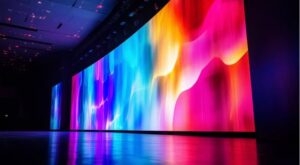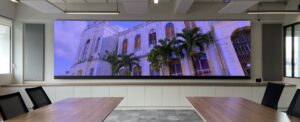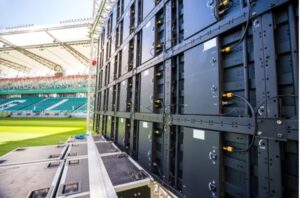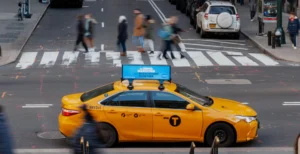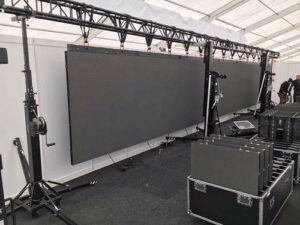Vertical Market - US State & Local Government
Across the United States, state and local governments are increasingly turning to LED display technology to modernize operations, improve communication, and better serve the needs of their communities. From public safety and emergency response to civic engagement and everyday services, LED displays are playing a crucial role in how municipalities interact with citizens and deliver essential services.
One of the most important applications of LED displays at the state and local level is within emergency operations centers (EOCs), traffic management centers, and public safety command rooms. These mission-critical environments require real-time visibility of a wide range of data sources—such as surveillance feeds, 911 call data, weather conditions, GIS mapping, and public utility monitoring. Large-format LED video walls provide a high-resolution, seamless platform for viewing this information, allowing operators to quickly assess evolving situations and make informed decisions. With 24/7 operational reliability and minimal maintenance requirements, LED displays are ideal for these high-pressure, continuously running facilities.
In city halls, county offices, and government service centers, LED displays are transforming how public information is communicated. Digital signage in lobbies and waiting areas can provide real-time updates on office hours, appointment wait times, service changes, public health announcements, and community events. These displays can be updated instantly from a central system, making them more efficient and sustainable than traditional printed materials. For multi-lingual communities, content can also be tailored to reach diverse populations effectively.
In civic chambers and council rooms, LED video walls are being used to enhance transparency and accessibility during public meetings. These displays can show live video feeds, voting results, speaker names, presentations, and other relevant information, ensuring that both in-person and virtual attendees remain informed and engaged. Integrating LED technology into these settings supports open government practices and encourages greater civic participation.
Transportation departments at the state and municipal level also rely on LED display technology for traffic management and public transit communication. LED signage is used along highways for dynamic message signs (DMS) that share traffic conditions, construction updates, Amber Alerts, and safety reminders. In bus and train stations, LED boards provide real-time arrival and departure information, route changes, and service announcements, helping commuters navigate their journeys more efficiently.
Local governments are also using LED displays for community engagement and beautification. In parks, town squares, libraries, and community centers, LED video walls and digital billboards can showcase local art, promote cultural events, celebrate achievements, and strengthen neighborhood identity. These displays turn everyday public spaces into dynamic and vibrant communication hubs.
LED technology offers numerous advantages for government applications, including energy efficiency, long lifespan, weather resistance (for outdoor use), and scalability. Whether indoors or outdoors, LED displays can be customized to fit virtually any environment or communication need.
In summary, state and local governments across the U.S. are leveraging LED display solutions to deliver essential services, connect with their communities, and operate more effectively. From boosting public safety and infrastructure management to enhancing citizen engagement, LED displays are vital tools in helping governments meet the evolving expectations of the people they serve.

